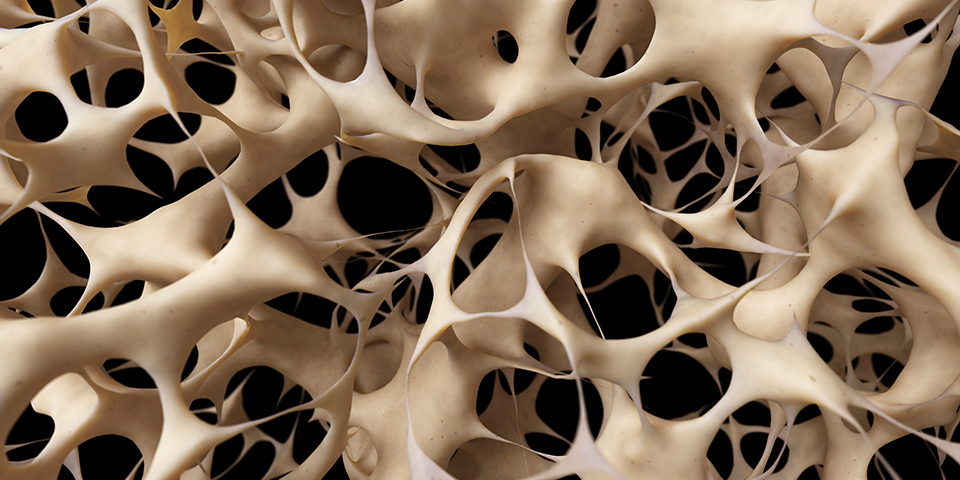

The inferior surface is rough and irregular, and forms part of the exterior of the base of the skull.
#Porus bone series
The portion above the crista falciformis presents behind, the area cribrosa superior, pierced by a series of small openings, for the passage of the nerves to the utricle and the superior and lateral semicircular ducts, and, in front, the area facialis, with one large opening, the commencement of the canal for the facial nerve (aquæductus Fallopii).īehind the internal acoustic meatus is a small slit almost hidden by a thin plate of bone, leading to a canal, the aquæductus vestibuli, which transmits the ductus endolymphaticus together with a small artery and vein.Ībove and between these two openings is an irregular depression that lodges a process of the dura mater and transmits a small vein in the infant, this depression is represented by a large fossa, the subarcuate fossa, which extends backward as a blind tunnel under the superior semicircular canal.in front of and below the first is the tractus spiralis foraminosus, consisting of a number of small spirally arranged openings, which encircle the canalis centralis cochleæ.below and behind this area is the foramen singulare, or opening for the nerve to the posterior semicircular duct.one group, just below the posterior part of the crest, situated in the area cribrosa media, consists of several small openings for the nerves to the saccule.In the portion beneath the falciform crest are three sets of foramina these openings together with this central canal transmit the nerves to the cochlea.The lateral end of the canal is closed by a vertical plate, which is divided by a horizontal crest, the falciform crest, into two unequal portions.Įach portion is further subdivided by a vertical ridge into an anterior and a posterior part. It transmits the facial and acoustic nerves and the internal auditory branch of the basilar artery.

Near the center is a large orifice, the internal acoustic opening, the size of which varies considerably its margins are smooth and rounded, and it leads into the internal auditory meatus a short canal, about 1 cm. The posterior surface forms the anterior part of the posterior cranial fossa of the base of the skull, and is continuous with the inner surface of the mastoid portion.

lateral to the hiatus, a smaller opening, occasionally seen, for the passage of the lesser superficial petrosal nerve.a shallow groove, sometimes double, leading lateralward and backward to an oblique opening, the hiatus for greater petrosal nerve, for the passage of the greater petrosal nerve and for the petrosal branch of the middle meningeal artery.in front of and a little lateral to this eminence, a depression indicating the position of the tympanic cavity: Here, the layer of bone that separates the tympanic from the cranial cavity is extremely thin, and is known as the tegmen tympani.near the center, the arcuate eminence (eminentia arcuata), which indicates the location of the superior semicircular canal.It is marked by depressions for the convolutions of the brain, and presents six notable points: The anterior surface forms the posterior part of the middle cranial fossa of the base of the skull, and is continuous with the inner surface of the squamous portion, to which it is united by the petrosquamous suture, remains of which are distinct even at a late period of life. The apex, which is rough and uneven, is received into the angular interval between the posterior border of the great wing of the sphenoid bone and the basilar part of the occipital bone it presents the anterior or internal opening of the carotid canal, and forms the postero-lateral boundary of the foramen lacerum. The base is fused with the internal surfaces of the squamous and mastoid parts. 5 The petrous bone in ancient DNA studies.


 0 kommentar(er)
0 kommentar(er)
